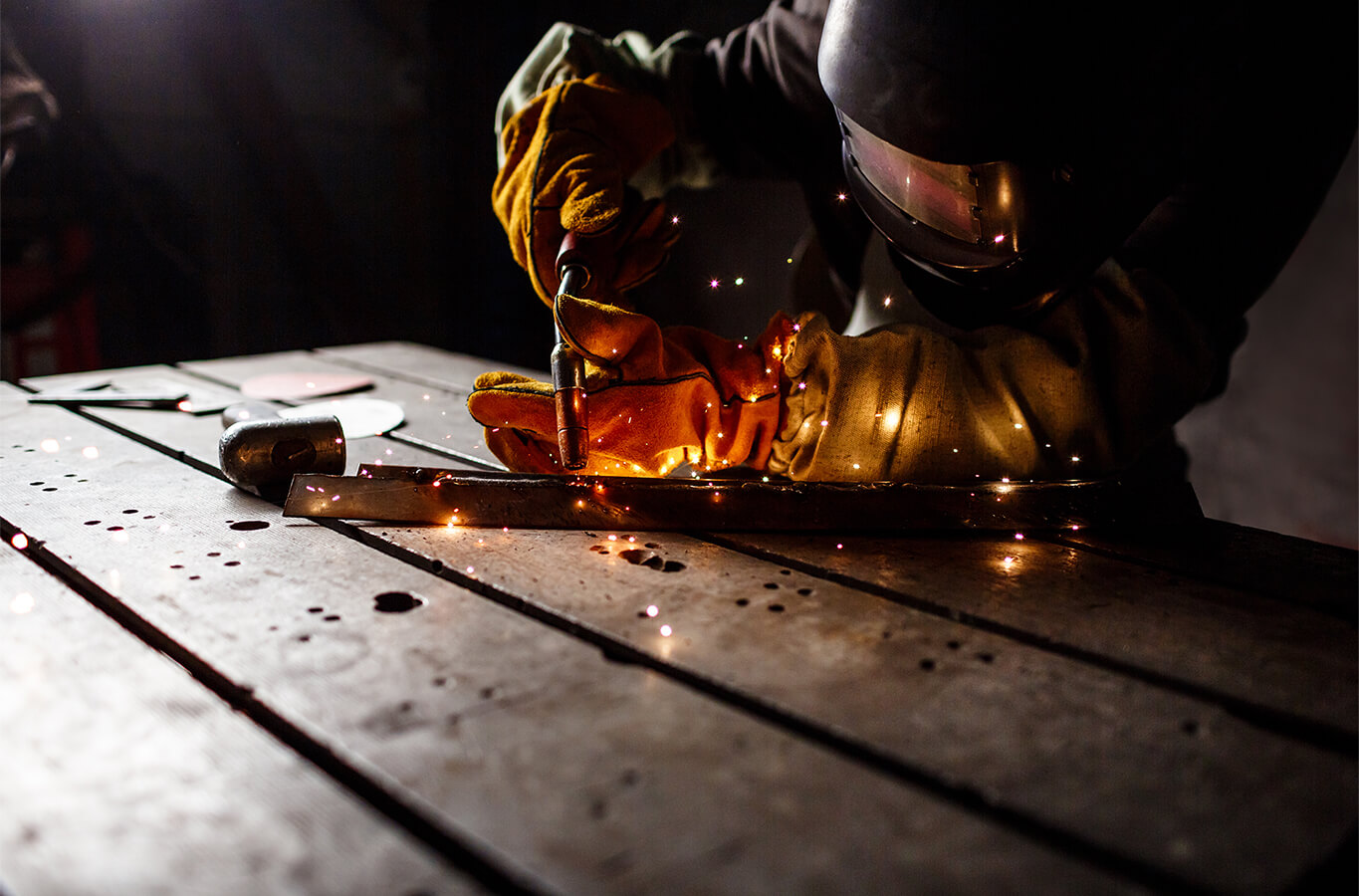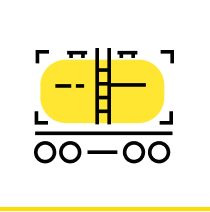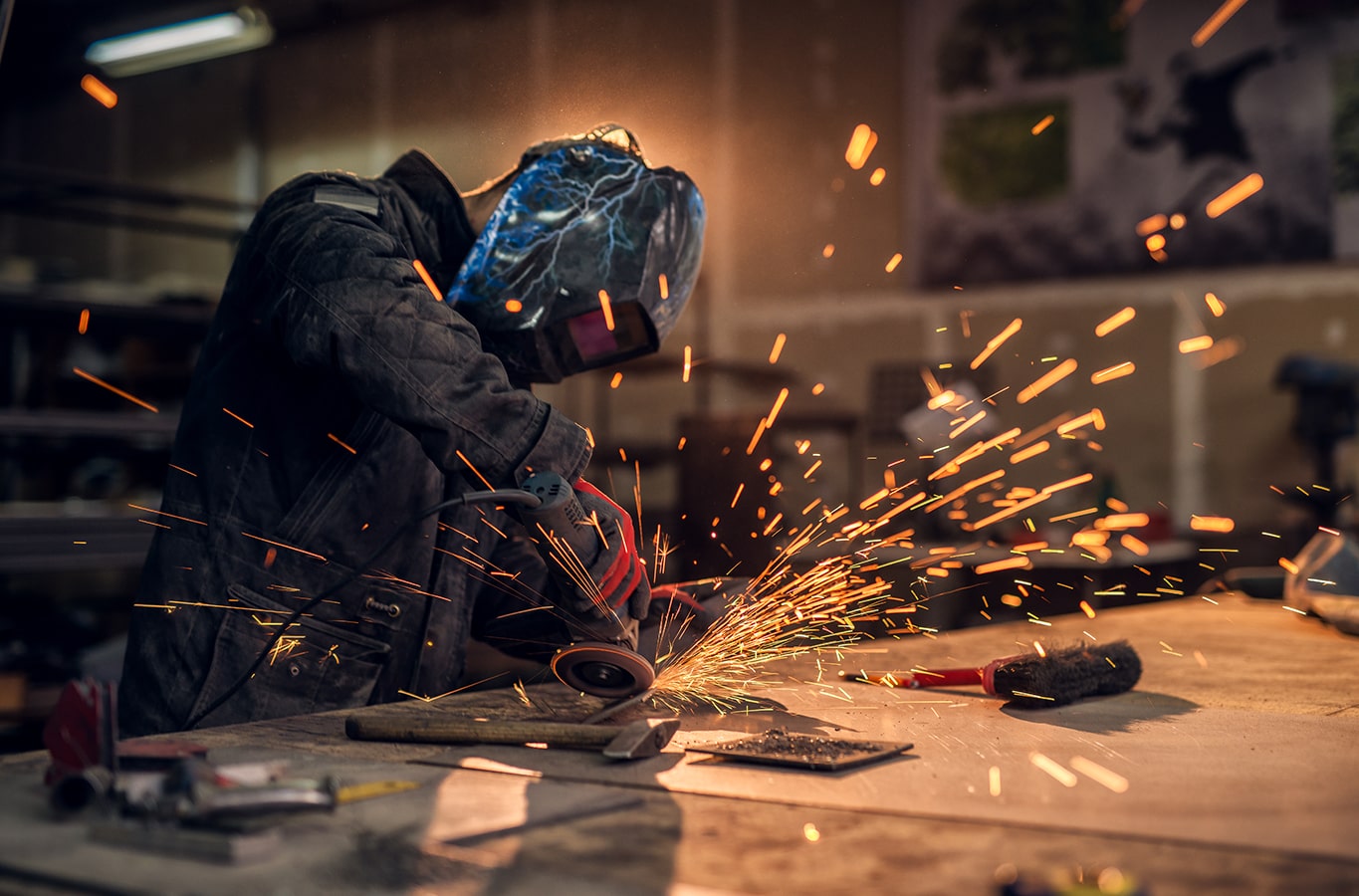
Forging Ahead: The History and Evolution of Forging
Forging is a process that has been used for thousands of years to shape metal into useful tools, weapons, and equipment. From the first crude hammers and anvils to the sophisticated machines of modern industry, the art of forging has evolved and advanced over time.
The earliest known examples of forging date back to ancient Egypt and Mesopotamia, where bronze was forged into weapons and jewelry. The Greeks and Romans also used forging techniques to create weapons and armor, and the Middle Ages saw the development of more advanced forging techniques, including the use of water-powered trip hammers.

Engineering study
It is a long established fact that a reader will be distracted by the readable.

Inspection
It is a long established fact that a reader will be distracted by the readable.
History of Forging:
During the Industrial Revolution, forging became an important part of manufacturing. New machines were developed that allowed for greater precision and speed in the forging process. This led to the development of mass-produced metal parts for use in machinery and other products.
Today, forging remains an important part of modern manufacturing, with a wide range of applications in aerospace, defense, energy, and other industries. While the basic principles of forging remain the same, modern technology has allowed for greater precision, efficiency, and automation in the process.
One of the most significant advancements in modern forging is the use of computer-controlled machines, which allow for the precise shaping of complex parts with minimal waste. The use of new materials and alloys has also expanded the capabilities of forging, allowing for the creation of parts that are stronger, lighter, and more durable than ever before.
As the demand for high-quality, precision-forged parts continues to grow, the forging industry is constantly evolving and adapting to meet the needs of modern manufacturing. Whether forging the components for a jet engine or a medical implant, the art and science of forging will continue to play a vital role in shaping the world around us.
In conclusion, forging is a process that has a rich history and continues to evolve and innovate to this day. From ancient civilizations to modern industry, the art of forging has played an important role in shaping our world, and will undoubtedly continue to do so in the future.



